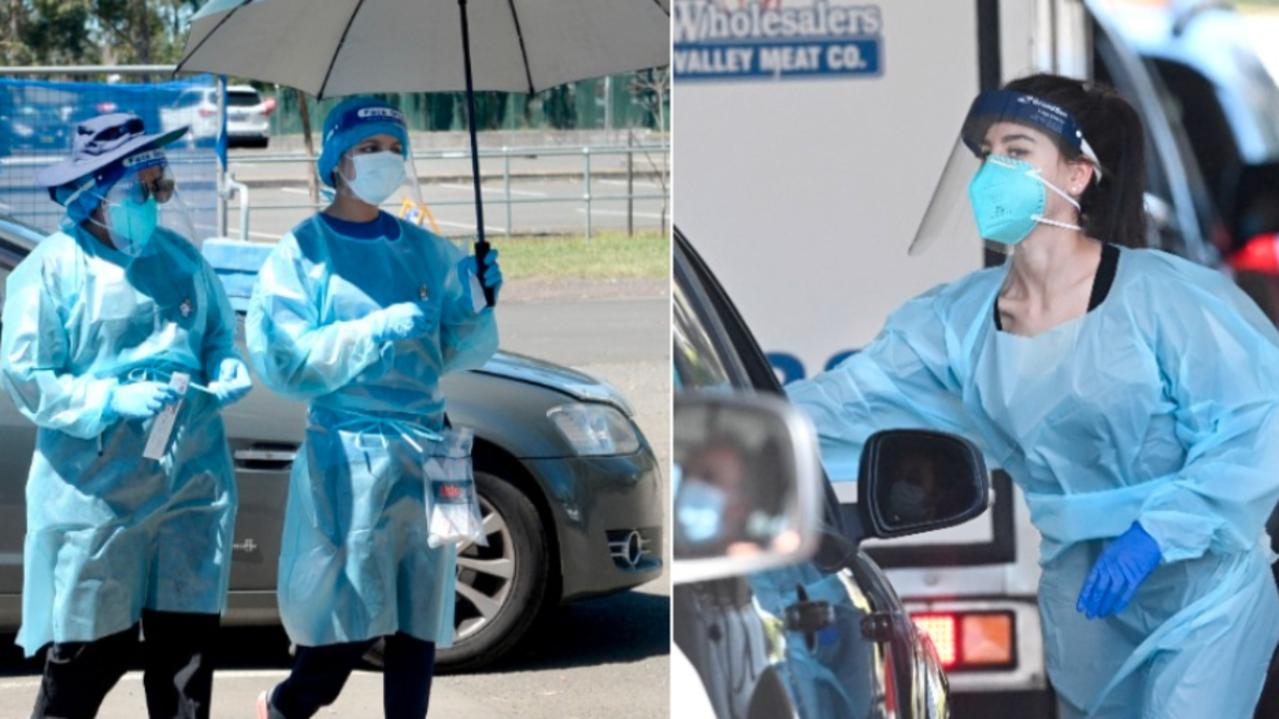Birth of a suburb took two days to sell
THIS year marks the 110th anniversary of the subdivision that put Seaforth on the map.

Nth Beaches
Don't miss out on the headlines from Nth Beaches. Followed categories will be added to My News.
- Buildings in the bush were just for show
- French folly and a quick quid when ship ran aground at Manly
- A look into the history of The Lookout and Camden Grammar School
- Gowlland Bombora ended a brilliant career
THIS year marks the 110th anniversary of the subdivision that put Seaforth on the map.
Over two days in November 1906, more than 350 lots serviced by 18 streets and two wharves were put on the market by real estate developer Henry F Halloran.
In fact the large number of lots for sale forced their auction to be spread over two days of the King’s Birthday weekend and Mr Halloran had to lay on steamers to transport prospective buyers to the site.
And when the neighbouring Seaforth Bluff Estate was subdivided and auctioned in 1909, Mr Halloran held the auction on a steamer from which prospective buyers could see all of the lots as they slowly motored past.

The area now called Seaforth was slow to develop: It was 1846 before the first block of land in the area was bought by John Burton for £27 and it was not until the late 1850s that the rest of the area was sold to private buyers.
The area was still considered part of Balgowlah, so the small sandstone school built in 1893 was called Balgowlah Public School, although school lessons had been conducted in the area since 1881.
St Paul’s Anglican Church had been opened in 1875, the area was serviced from the south by the punt across The Spit, which had begun operating in the late 1840s, and there were several homes built on the Seaforth side of The Spit.


Another local landmark, now called Dalwood Home, had been built by Professor Theodore Gurney in the 1880s or 1890s, when it was called Clavering.
Although many of the large blocks of land in the area had been sold to a number of different people, many were later acquired by the same Macpherson family that had large landholdings at Warriewood.
The Macpherson family eventually sold both estates to the man who developed them - Henry F Halloran.
After four years spent learning the trade, Mr Halloran had become a licensed surveyor in 1890 and later a valuer and conveyancer, before setting up his own business - Henry F Halloran and Company - in 1897.

Said to be “an unassuming but independent man of small build”, Mr Halloran possessed an entrepreneurial spirit that would have made him something of a maverick to professional surveyors.
He was also an early adherent of the American style of urban development and his high-pressure salesmanship included colourful brochures filled with florid language and immodest claims.
Around 1904 Mr Halloran began to dabble in large estates between Newcastle and Wollongong, invariably near coastal waterways, and in 1905 he began designing the subdivision of Seaforth.
The integrity of the bushland in the area at the time is not known but the brochure for the Seaforth subdivision contained photos of the more level areas stripped bare and planted with fig, jacaranda and coral trees.
Although the Seaforth Estate did not include The Bluff, it still contained more than 350 lots.
Perhaps from a sense of neatness or for the ease with which they rolled off the tongue, Mr Halloran gave the streets alliterative names such as Panorama Pde, Grandview Grove, Ponsonby Pde, Alleyne Ave, Battle Blvd, Clontarf Cres, Salisbury Square, Palmerston Place and Edgecliff Esp.
The name Seaforth was chosen by Mr Halloran’s wife Alice.
Mr Halloran had planned to name the estate Balfour, after the British prime minister of the day, but his wife disliked the name.
Loch Seaforth is an inlet in an island of the Outer Hebrides off Scotland, although Mr Halloran’s descendants don’t believe the suburb was named after the loch.
Alan Ave was named after one of his two sons, while Battle Blvd was named for the five legal battles he fought with the owner of a neighbouring block of land, Undercliff, which he considered integral to his plans.

The huge number of lots for sale necessitated spreading the auction over two days - Saturday, November 10, and Monday, November 12, 1906 - the latter being the King’s Birthday.
A band was hired to entertain the crowds, while special steamers operated from Neutral Bay and Circular Quay at frequent intervals throughout both days.
For Mr Halloran - as owner, surveyor, designer and auctioneer - the sale was a success, as was his Warriewood Estate in the same year.
In February 1909, Mr Halloran auctioned The Bluff Estate, filling in the gap in his original subdivision of the suburb.
Because the waterfront land on the bluff was so steep, Mr Halloran hired a steamer for the day, from which the prospective purchasers could view the blocks, each of which was identified by a metre-high numbered sign facing the water, and the name Seaforth was spelled out in huge letters that could be seen from the other side of The Spit.
But not all of Mr Halloran’s later subdivisions were as successful as Seaforth.
Three in particular - at Jervis Bay, Lake Macquarie and Queanbeyan - were failures, “not just premature, but misconceived”.
About 1930 Mr Halloran developed a heart complaint and was advised to take things easier.
He formed a separate company, Realty Realizations, to take over the real estate side of things, which left him to function as an adviser, conveyancer and planner for his one-man company, Halloran and Company.
Realty Realizations was still in business in the 1980s but Halloran and Company did not survive Henry Halloran’s sudden death in 1953 at the age of 84.


